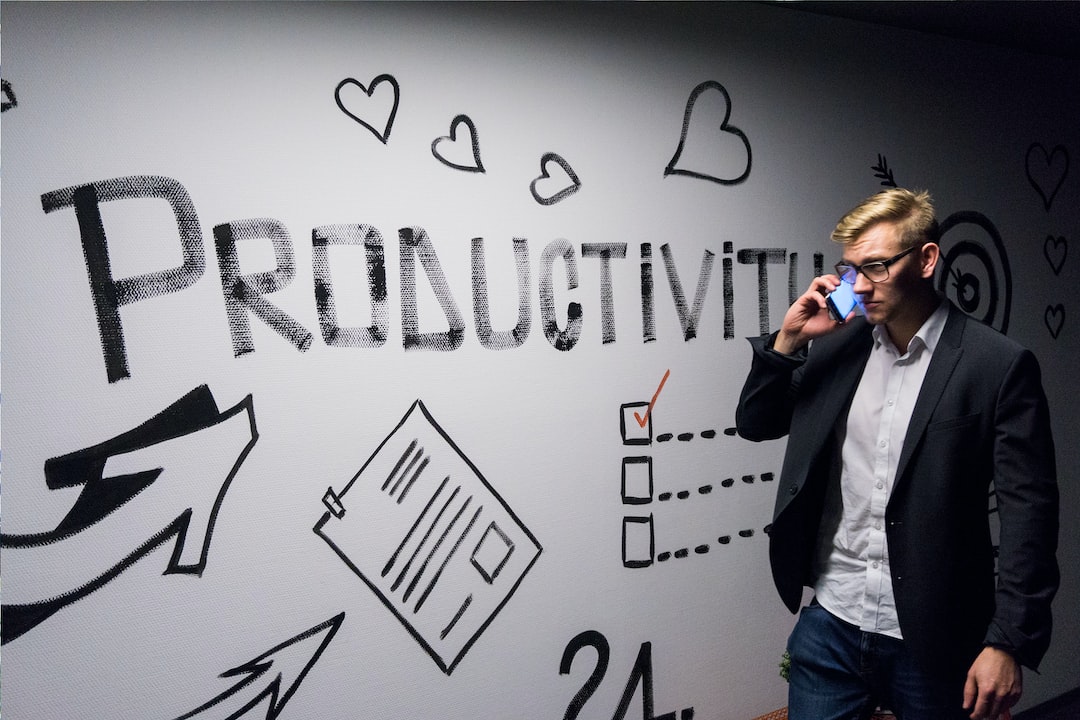In today’s fast-paced business world, fostering innovation and creativity is crucial for companies to stay competitive and thrive. Innovation drives growth, improves customer satisfaction, and boosts employee morale. However, creating an environment that encourages innovation and creativity is not always an easy task. In this blog post, we will explore effective strategies for fostering innovation and creativity in corporate workplaces.
1. Foster a culture of openness and collaboration: Creating a workplace culture that encourages open communication and collaboration is essential for promoting innovation. Encourage employees to share ideas, provide feedback, and collaborate on projects. Establishing a safe and non-judgmental environment where everyone’s ideas are valued promotes creativity and enables teams to think outside the box.
2. Encourage diversity and inclusion: Diversity in the workplace brings a variety of perspectives, experiences, and ideas. Encouraging diversity and inclusion not only promotes innovation but also enriches the overall culture of an organization. Ensure that your hiring practices are inclusive and provide equal opportunities for all employees to participate and contribute to innovation initiatives.
3. Provide resources for continuous learning and development: Innovation requires constant learning and staying up-to-date with the latest trends and technologies. Provide employees with opportunities for continuous learning, such as training programs, workshops, and conferences. Encourage them to pursue professional development and stay curious about new ideas and approaches.
4. Allow time for experimentation and creativity: Innovation cannot thrive in an environment that solely focuses on productivity and efficiency. Set aside dedicated time for employees to explore new ideas, experiment, and think creatively. Encouraging employees to take risks and learn from failures fosters a culture of innovation and creativity.
5. Embrace flexible work arrangements: Flexible work arrangements, such as remote work or flexible hours, can boost innovation by increasing employee satisfaction and work-life balance. Studies have shown that employees who have control over their work schedule and environment are more likely to be creative and come up with innovative solutions.
6. Recognize and reward innovation: Recognizing and rewarding innovative ideas and efforts is essential for fostering a culture of innovation. Create a system that acknowledges and celebrates employees’ innovative contributions. This could include awards, monetary incentives, or opportunities for career advancement.
7. Promote cross-functional collaboration: Collaboration across different departments and teams can lead to innovative solutions and ideas. Encourage employees to work together on cross-functional projects, where they can leverage their diverse skills and knowledge. Breaking down silos and promoting collaboration helps generate fresh perspectives and innovative approaches to problem-solving.
8. Provide a conducive physical environment: The physical environment plays a significant role in fostering creativity and innovation. Create spaces that facilitate collaboration, brainstorming, and free-thinking. This could include open-plan workspaces, comfortable breakout areas, or even dedicated innovation labs. Incorporating natural light, plants, and vibrant colors can also enhance creativity in the workplace.
9. Encourage autonomy and empowerment: Innovation thrives when employees have the autonomy to make decisions and take ownership of their work. Encourage employees to take the lead on projects, empower them to make decisions, and provide a supportive environment for their ideas. By giving employees a sense of ownership, you allow them to unleash their creativity and contribute more effectively to the organization’s innovation efforts.
10. Lead by example: Finally, leadership plays a crucial role in fostering a culture of innovation and creativity. Leaders should embody the values of innovation, encourage risk-taking, and demonstrate their own commitment to continuous improvement. When leaders prioritize and support innovation, employees are more likely to follow suit.
In conclusion, fostering innovation and creativity in corporate workplaces requires a combination of strategies to create a supportive environment that encourages risk-taking, collaboration, and continuous learning. By embracing these strategies and creating an organizational culture that values innovation, companies can stay ahead of the competition and drive long-term success.

